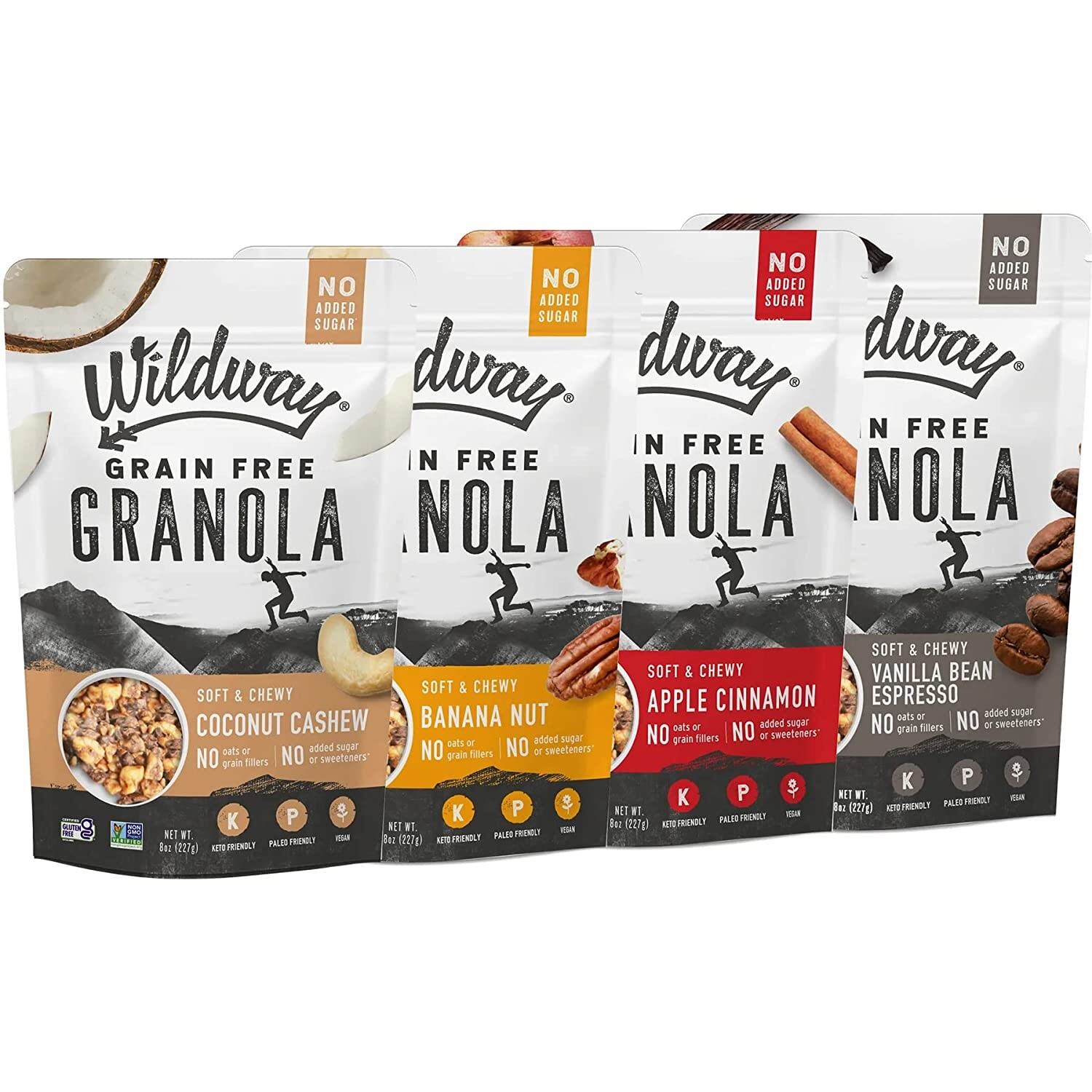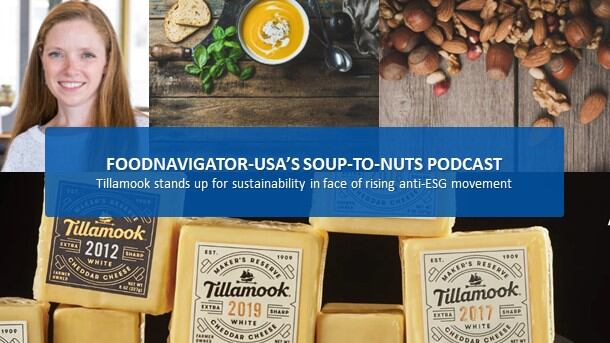When it comes to achievable environmental, sustainable and governance (ESG) strategies, there is no one-size-fits-all approach as each brand must define its priorities in relation to its employees, suppliers and communities.
“Every brand, every company has a different definition of sustainability and thinking about it in their lens. You have to meet each brand where they are and push them along the lines of where they need to be in terms of where we are going that’s going to be for the betterment of the planet,” Semaan explained.
According to a McKinsey and Nielsen IQ report, consumers are purchasing products from brands with sustainable initiatives that capture personal, environmental and social wellness. This trifecta of wellness are opportunities for brands to build or strengthen ESG and DEI strategies regardless of size, profits or investments.
“A common reason why companies may not invest in ESG is the thought that it won’t make a difference to their bottom line, especially if they’re still making money. It’s also an investor buy-in. Is the buy-in to be more neutral? To be less carbon intensive? To be more focused on alternative proteins? Where is the investment happening? How is the investment going to help save money and resources, and how can they track that?” Semaan explained.
Semaan said that creating an ESG strategy requires a long-term plan and metrics to gauge progress, which will help brands stay on track to meet those goals—whether it’s fair employee wages, upcycling food waste, sourcing from diverse and/or local suppliers, or implementing smart climate practices into farming and harvesting. Semaan encourages brands to start with one measurable goal.
“In terms of ESG it's really about working with brands around their goals but pushing them to a place where we can actually measure what it is they are doing. A lot of times you see brands make commitments for the sake of making a commitment but they're really not measuring their progress,” she explained.
Reshaping food production through climate smart practices, alternative proteins and cellular agriculture
Climate change is expected to impact developing countries the hardest, according to Food and Agriculture Organization of the United Nations (FAO). Cities with long term exposure to extreme environmental conditions—drought, hurricanes, wildfires and floods—are the most vulnerable; and many communities across the country are facing extreme weather, coupled with limited access to clean water and food which is shifting the narrative on food innovation for the future.
The rise in investments and industry partnerships for alternative protein and cellular agriculture companies indicate a shift in food production, but there’s still a ways to go. In 2021, global investments on alternative proteins reached a record of $5.1 billion; while the USDA in the same year granted Tufts University a $10 million grant to develop the National Institute of Cellular Agriculture to advance cultivated meat research and science.
Recently, ingredient supplier ADM and food-tech-start up Air Protein partnered to produce “a versatile, functional protein powder and other ingredients” for meat alternatives via landless agriculture, as previously reported in FoodNavigator-USA. In contrast to its livestock counterpart, production of the ingredient will not be subjected to price volatility or climate.
“We can’t silo any innovation right now because our food system has failed us miserably,” Semaan opined. “I truly believe we need regenerative agriculture as we need cows on the pasture. But I also think we need cell-based architecture. We need alternative proteins. I think we need to look at how we’ve been raising food in a completely different way.”
Product innovations at the Summit included alternative proteins like mycelium from Nature’s Fynd’s mushroom breakfast sausage patties and Forest Foods’ mybacon; as well as hybrid plant protein and cellular meat which was featured in Ohayo Valley’s slider.
Understanding the root of regenerative agriculture
As the upcoming farm bill reauthorization approaches, Semaan is “seeing more language than ever around climate smart agriculture.” In 2021, USDA invested $1 billion to partner with climate smart farmers, ranchers and forest landowners with the goal of reducing greenhouse gas emissions and/or sequester carbon.
“In the last farm bill,” Semaan added, “No one talked about regenerative. No one talked about climate smart agriculture in a way that’s being talked about now. The farm bill is the one constant, that for the next five years, we can make sure we can focus on sustainable agriculture in a way that we have not focused before.”
While regenerative agriculture is nothing new, the practice is often introduced today as a novel, sustainable solution to climate change and maintaining biodiversity. Semaan noted, its centuries-old origins lie with Native American farmers.
“Regenerative is the new term people are using, although it’s not a new term. Indigenous farmers have been farming like this since the beginning of time,” she explained.
Examining historical practices allows brands to comprehend how Indigenous farmers nationwide developed a sustainable and recurring yield. Acknowledging these aspects aligns with an environmental justice viewpoint, which brands embracing regenerative agriculture should consider.
“You can’t have a sustainability plan without having diversity, equity and inclusion being part of it,” she concluded. “It’s about allowing brands to understand what racial equity means, what environmental justice means, what equity in general means, health equity. It starts with acknowledgment and then it moves to implementation and brands must really focus on the implementation piece if they really care.”




